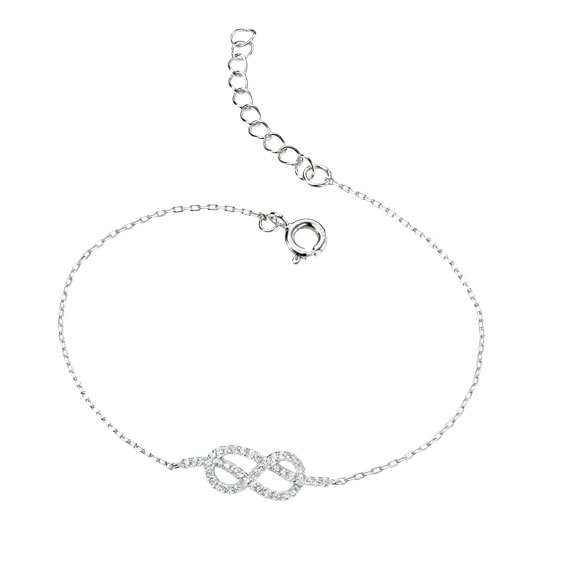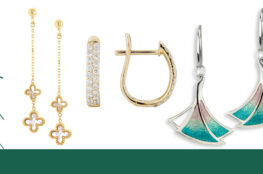
It is all too easy just to think of knots as being purely practical. The hitches and bends that have been passed down over the centuries by sailors, fishermen or farmers were used to help them do their job. But there is more to their practicality as in many cultures they carry symbolic meanings. It is also so easy to overlook that knots have and continue to be used as a form of decoration and an inspiration in art and of course jewellery. So this month it’s all about knots
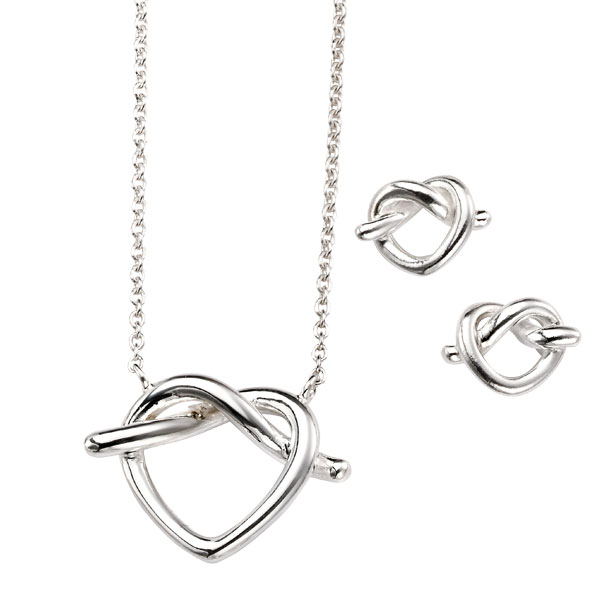
Silver knotted heart pendant £29 & earrings £15

Solid silver knotted bangle £125 ref 99735
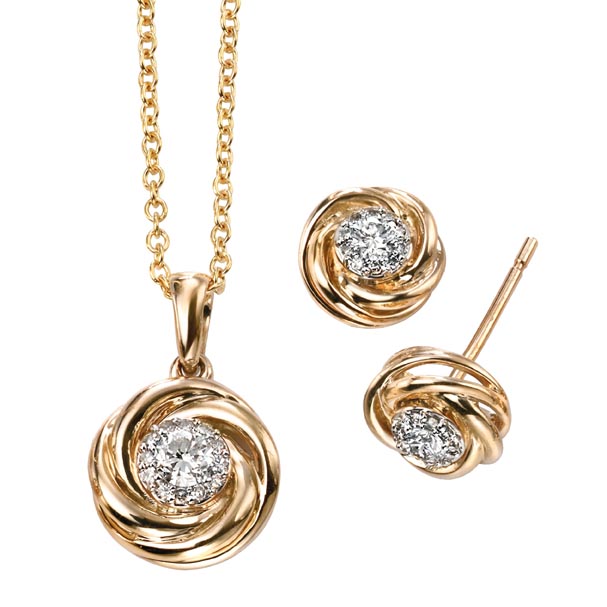
9ct yellow gold diamond set knot pendant on chain £580 ref 100618 on 100493 & earrings £345 ref 100614
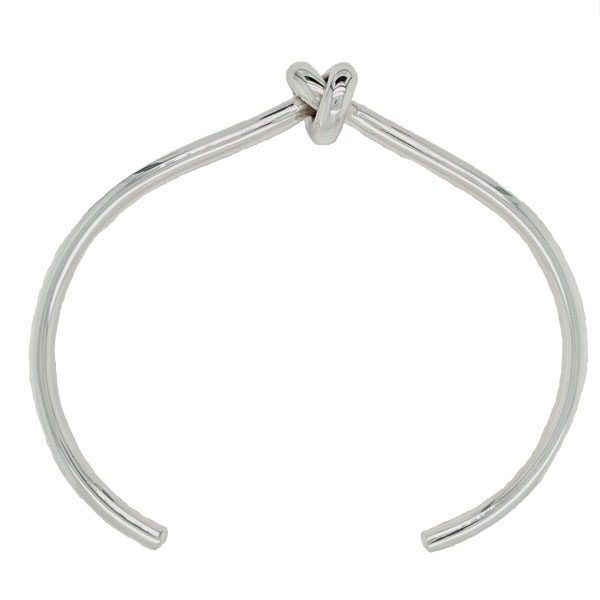
Silver knotted torc bangle £105 ref 101445
One typically English phrase that we use when a couple gets married is ‘to tie the knot’ and I hadn’t really thought much about where this word came from. In medieval wedding ceremonies couples would be bound in matrimony by tying knots of cloth around their hands – so two became one. This symbolism behind the act of hand fastening or of tying and knotting together has a recurring theme of love and unity amongst many societies. It was an important part of Norse, Celtic as well as Hindi marriage rituals.

Silver celtic brooch £36 ref 98512
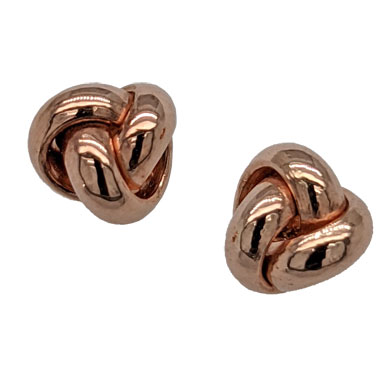
9ct rose gold knot stud earrings £45 ref 97167
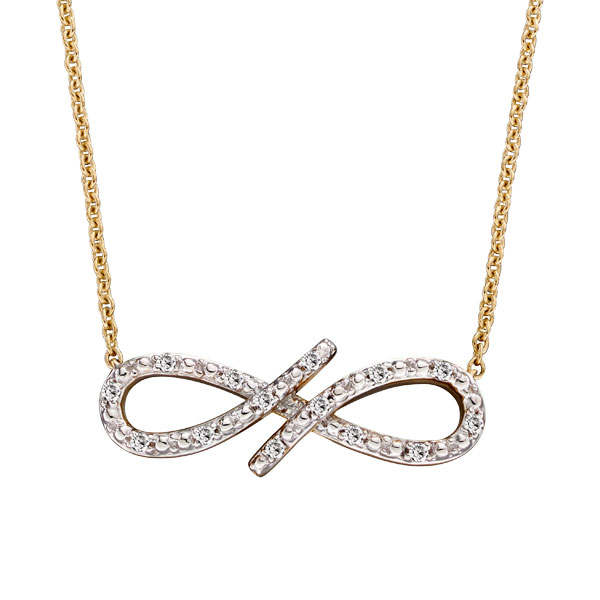
9ct yellow gold diamond set ribbon necklace £375
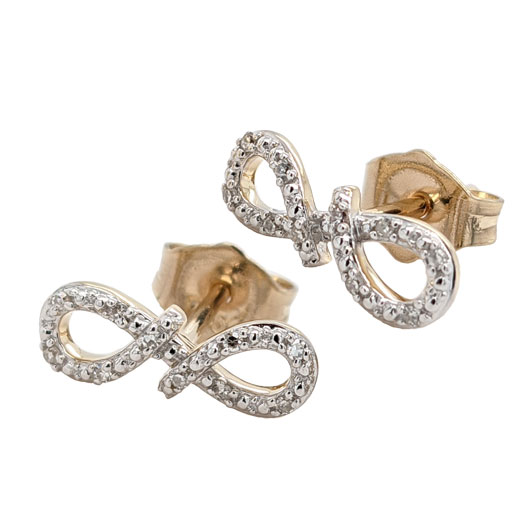
9ct yellow gold diamond set ribbon earrings £265 ref 101706
The infinity symbol started out as nothing more than a sideways figure of eight but has much more than its mathematical meaning. This simple design is associated with eternal love which is infinite, endless and is also known as the lovers knot. This flowing infinite symbol is sometimes called a lemniscate because of its shape. It comes from the Latin word which means ‘decorated with ribbons’ which makes sense as this symbol looks a lot like a pretty bow or ribbon. The true lovers’ knot in the form of a ‘figure of eight’ has become one of the most enduringly popular themes in jewellery. Some people use this symbol on their wedding rings or used in other jewellery to indicate that your friendship will never end.

9ct yellow gold long celtic knot pendant £75 Ref 95750

9ct yellow gold infinity knot bracelet £495
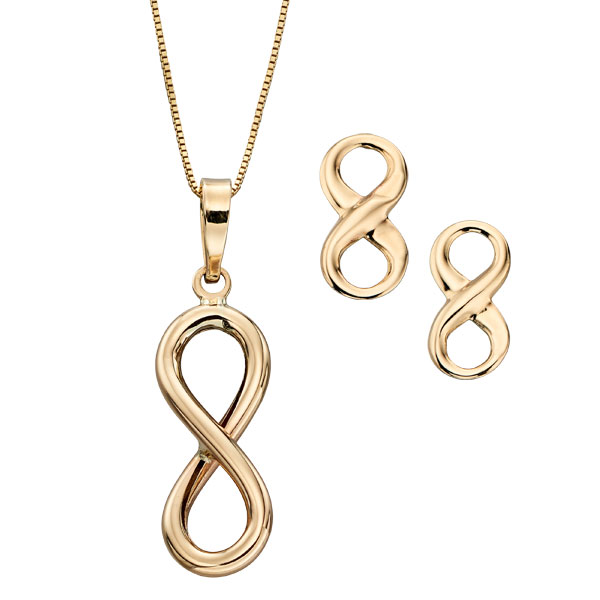
9ct yellow gold infinity pendant on chain £205 earrings £110
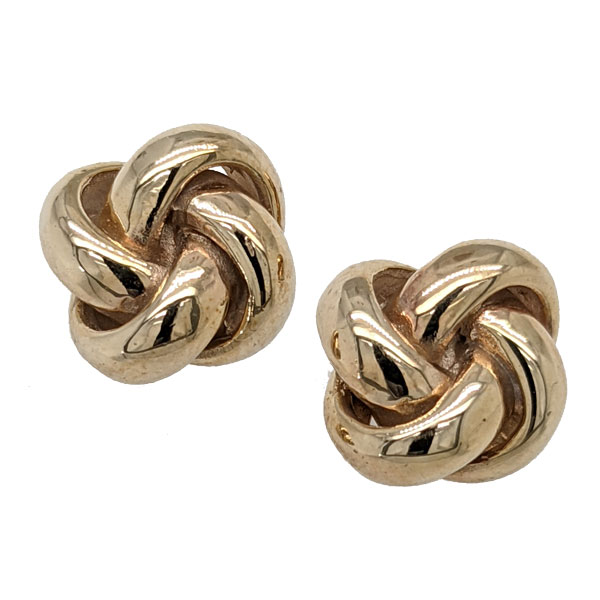
9ct pre loved heavy knot stud earrings £275 ref 100424
Also known as the endless knot it is one of the eight auspicious symbols in Buddhism and represents the compassion and endless wisdom in Buddha. Celtic knots are also known as endless knots and were used as decoration in church monuments and manuscripts. At its most basic, the Celtic knot symbolizes the sign of the cross. The most popular Celtic knot is the Trinity knot and continues to be used jewellery designs of today. These intricate knots which interweave and overlap consist of unbroken loops with no beginning and end symbolizing eternity.

Silver knot ring £22
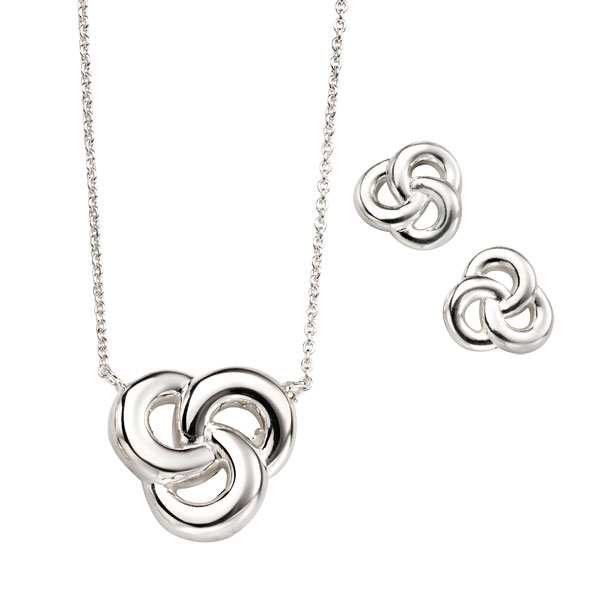
Silver trinity knot necklet £39 & earrings £21

Silver celtic trinity knot pendant on chain £51 ref 94451
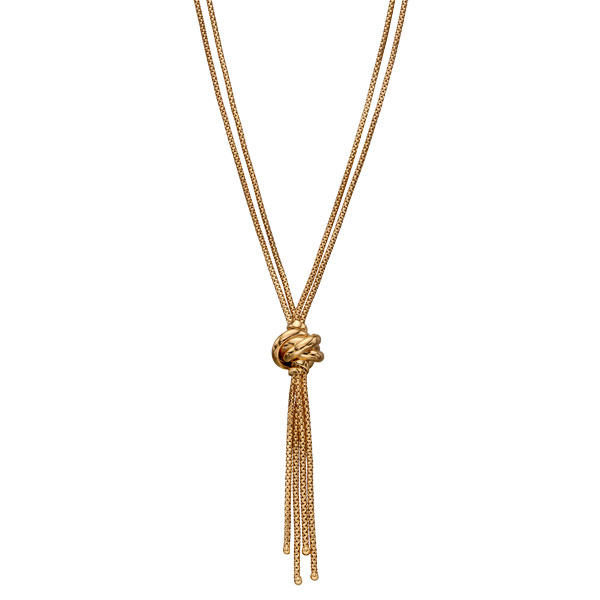
9ct yellow gold tassel knot necklace £695
Knots have also been a recurring theme in jewellery design since the end of the Middle Ages – their elegantly curving lines influenced gold tasselled knots to resemble twisted rope on the collar of the Order of the Garter. Knots also inspired sailors to make a delicate sailors knot made from two intertwined ropes whilst spending many months at sea to remind them of their sweethearts.
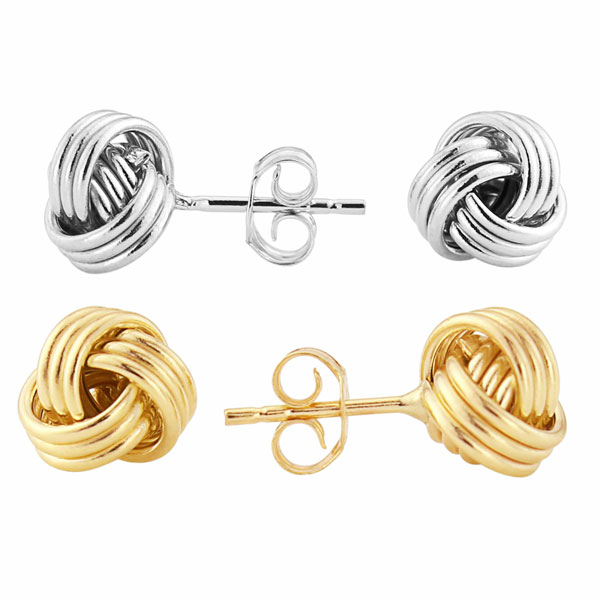
9ct yellow or white gold sailors monkeys fist knot stud earrings £75

Silver sailors monkey's fist knot pendant on chain £25 our ref 101554
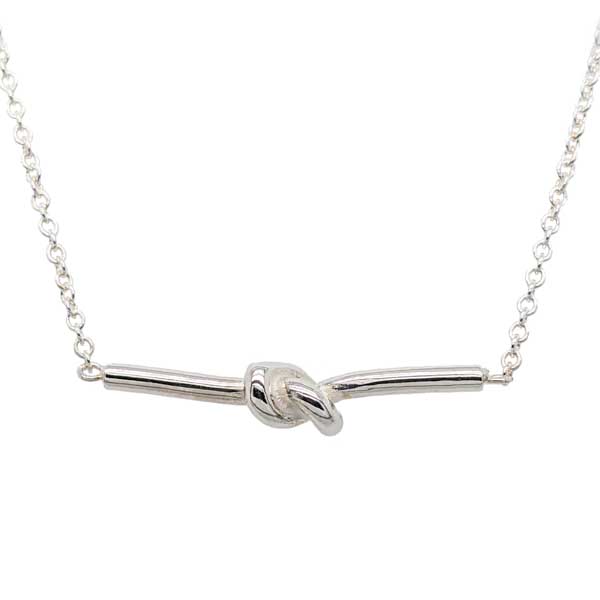
Silver knot bar necklet £35 ref 101489
